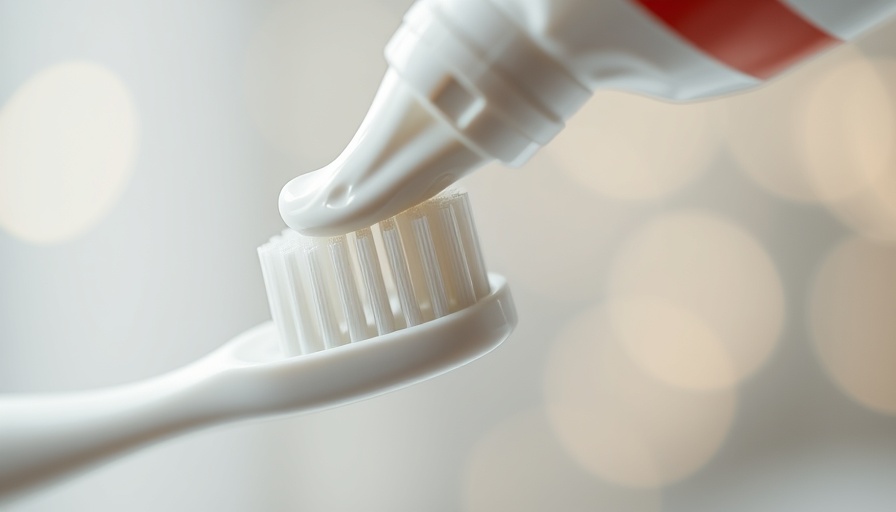
Understanding Perimenopause: The Hormonal Shift
Perimenopause marks a transition phase in women's lives, where hormonal fluctuations begin to affect various aspects of health. This period can last anywhere from a few months to several years, generally commencing in a woman’s 40s. An estimated 10 years before menopause, estrogen and progesterone levels begin to decline, leading to changes in body composition, mood, and metabolism. Understanding these changes is crucial as they influence how our bodies respond to exercise and nutrition.
The Importance of Exercise During Perimenopause
Thinking about exercise? Now’s the time to ramp it up. Regular physical activity is essential for maintaining strength, bone density, and a healthy weight during perimenopause. Research indicates that women who engage in the right forms of exercise during this transitional phase can mitigate the physical impacts of hormonal changes. Studies reveal that power workouts targeted at retaining muscle mass can arm women against hormonal shifts, often dubbed the 'perimenopause power window.'
Types of Exercise: What Works Best?
Not all workouts provide the same benefits in perimenopause. Experts recommend incorporating both strength training and high-intensity interval training (HIIT) into your weekly routine. Strength training plays a critical role in preserving muscle and improving metabolic rates, while HIIT offers a quick, efficient way to burn fat without excess cortisol release, which is known to contribute to stress-related weight gain.
Sample Workout Plans for Effective Results
Creating an effective training schedule can make a significant difference. A balanced routine might include three low-intensity strength training sessions of 20-25 minutes each, combined with up to two 20-25 minute HIIT sessions focusing on 90-100% effort. This harmonious blend ensures your body stays challenged while minimizing the stress often associated with traditional workout regimes.
The Role of Nutrition: Aligning Your Diet with Your Workout
While exercise is key, nutrition cannot be overlooked. A well-balanced diet rich in protein, healthy fats, and fiber supports muscle retention and energy levels better than calorie-restricted plans. Combining metabolic-boosting foods with regular workouts enhances fat loss and muscle preservation throughout perimenopause.
Actionable Insights to Maintain Well-Being
Understanding how to exercise effectively during perimenopause allows women to reclaim control over their health. Embrace strength training, mix in high-intensity workouts, and prioritize nutritious eating to support muscle health and combat unwanted fat gain. Armed with the right information and an engaging workout routine, you can approach this time of change with confidence.
As we navigate through the unique journey of perimenopause, remember that this chapter is about *your* health and strength. For personalized support, consider joining programs like PerimenoFit, designed to empower women during this transition.
 Add Row
Add Row  Add
Add 




Write A Comment